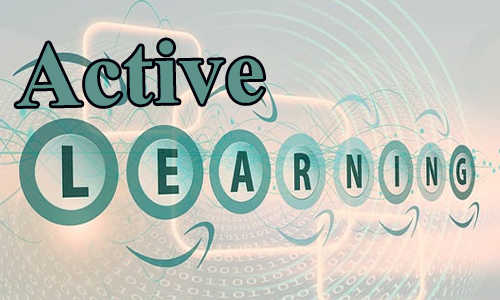
By Dr. Muhammad Tahir
Active learning based on multiple interactive activities, creating excitement to help students in constructing knowledge and make students to learn more.
Summary:
How effective active learning is? In most cases can be based on different studies conducted. Like Freeman and colleagues argued that students in traditional lectures were 1.5 times more likely to fail than students in courses with active learning’s. Ruiz-Primo and colleagues also examined active learning approaches improved student outcomes (mean effect size = 0.47). Haak et al., 2011 study shows students in the EOP had a mean failure rate of ~22% compared to a mean failure rate of ~10% for students not in the EOP.It shows importance of creating excitement in the class by applying strategies for active learning. Active learning promotes higher order thinking which in return helps in developing student’s skills. There are several methods of active learning including presentations, demonstrations, group’s discussion, think of pair share and JIGSAW model etc.
Five specific examples of active learning:
1: Work at whiteboard
This strategy helps in problem solving and developing critical or logic thinking underlying a specific phenomenon. Student are asked to go to the whiteboard either individual or small group to illustrate the logic or solve the problem.
2: Real-time reactions
While watching a presentation or mini lectures, students are asked to share their real time reactions.
https://www.youtube.com/watch?v=ZdHhs-I9FVo
3: Learning through brain games
You can ask students to play different brain games to involve effectively in learning. That could be more related to ideas that are to be elaborated.
https://www.youtube.com/watch?v=AZKR4uVIjuU
4: The devil’s advocate approach
In this approach the students are asked to oppose the arguments of their peers or the ideas explained in the lesson.
5: Muddiest point technique
Ask students to write notes on unclear or confusing part. It is best part of reflective learning and can help to increase the chance of understanding the knowledge before exams. It could be pre-class, in-class or post-class activity.
https://www.prodigygame.com/blog/active-learning-strategies-examples/
